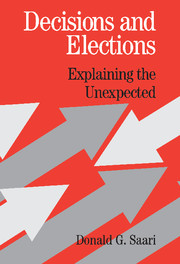7 - From Sen To Prisoners and Prostitution
Published online by Cambridge University Press: 21 May 2010
Summary
The state of Michigan consists of two peninsulas; the much prettier upper one separates Lake Superior from Lake Michigan while the lower one separates Lake Michigan from Lake Huron. The Upper Peninsula, where the residents proudly call themselves “Yuppers,” is a remote, heavily forested, beautiful area known for its excellence in fishing and hunting. Manufacturing never made it this far north and the days of active, productive mining are decades past. Today the main industries center around activities such as tourism, logging, and several prisons positioned in the midst of deep woods — locations carefully selected to discourage the “big city guests” from thoughts of prematurely leaving the facilities. The northern most region of this remote north territory is Keweenaw County. It is easy to find this region on a map — the Upper Peninsula resembles a left hand with its thumb jutting into Lake Superior; Keweenaw County is the thumb nail.
During the “Copper Rush” of 1848, an event which never could compete with the glamour of a 1849 rush in California for a different metal, Keweenaw County was an active mining region. Its furthest north city of Copper Harbor even had a fort built to provide protection against the never threatening Indians. With the days of copper mining decades behind us, “exploration” of the area now involves hiking, biking, kayaking, and cross country skiing. Rather than searching for the red metal, the richness resides in the beauty of the county's extensive wilderness and shorelines.
- Type
- Chapter
- Information
- Decisions and ElectionsExplaining the Unexpected, pp. 195 - 204Publisher: Cambridge University PressPrint publication year: 2001



